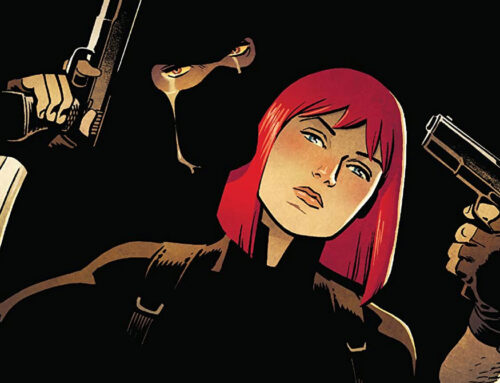Napoleon Bonaparte was born on August 15th, 1769, and died on May 5th, 1821. Between these two auspicious events, Napoleon built a reputation as a military leader of some note, had cold hands, and spent good portions of his later life vacationing on islands. He is often, probably erroneously, attributed with the quote “What Is History But a Fable agreed upon?”
In George Orwell’s political fable, Animal Farm, Napoleon is a boorish pig who wrests control of the farm through nefarious means, eventually becoming the very thing he claimed to fight against. He was conflicted about how many legs an animal should have. It’s complicated.
In the comic book series Fables, there is no Napoleon, but there are 3 little pigs named Dun, Posey, and Colin.
Fables was launched in 2002 and ran for 150 issues, making it one of the longest-lived Vertigo titles. Created by Bill Willingham, the comic used public domain characters from throughout history and cultures, with the works of Hans Christian Anderson and The Brothers Grimm close at hand. But what Willingham did was transplant these characters outside their original context, placing them firmly in modern times, grouped together in clever ways, and living primarily in New York City or on The Farm. More on that later.
Originally penciled by Len Medina, Mark Buckingham came in for issue 6 and cemented himself as one of the iconic illustrators in any run of comics, penciling more than 110 issues. One of the greatest contributions Buckingham made was the use of minor or unknown characters interacting, often humorously, in the background, with no real context to the main story, but instead adding to the richer and larger tapestry of the world.
James Jean provided the stunning covers for the first half of the series, crafting an instantly recognizable dressing.
The essential origin of the series revolves around a mysterious character named The Adversary, who decimated the multitude of Fablelands. The survivors fled to a mundy world (our world), where the Adversary seemed to have no interest. Thus, many fables found themselves thrust together and forced to create a government, of sorts, in exile. A general amnesty is declared for all nefarious acts performed in previous lands, and all fables start with fresh slates. Complications arise, naturally. While some fables live abroad, most are concentrated in New York and are spell-protected from detection from the Mundys. Others, who cannot pass for “human” are relegated to a place called The Farm. Things happen.
The first two story arcs, which serve our purposes here, are essentially window dressing, and a chance to introduce a myriad of characters. The first 5 issues are a murder mystery set in New York. The second 5 are a political thriller/screed set at The Farm.
Willingham has what we would call “a point of view” and these are subtly present in these 10 issues. But he also is a master storyteller who juggles a vast wealth of literary and allegorical references into an actual, often engaging narrative. Not every story works, but more do than not. Some of Fables have not aged well, but some of them remain a shining example of the power of the comics medium in its ability to represent the fantastic and keep the idea of wonder alive.
This article originally appeared on The Collected Edition as the introduction to episode 92: Fables.
The Collected Edition is a comic book podcast where the hosts discuss the famous and infamous runs and story arcs throughout the history of comics. Please subscribe to the show on Apple Podcasts, Sticher, IHeartRadio, and Spotify.














Leave A Comment